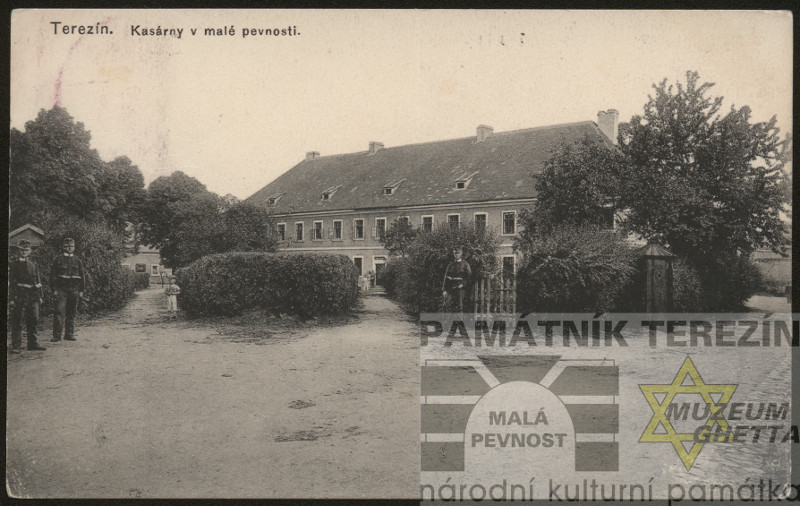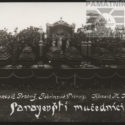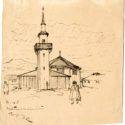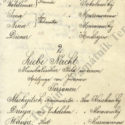From 5th December 1914 Terezín held Gavrilo Princip himself, a man who fired the fatal shots on the Duke of Modena. Being underage he was not sentenced to death, but to 20 years in heavy prison. Princip’s imprisonment in the Small Fortress was very cruel. He was placed in solitary confinement and had to wear shackles weighing 10 kg. Overnight he was chained to the wall of his cell. He was not allowed to read, write or receive the post. Finally he fell ill with tuberculosis of bones and after a year and a half of his imprisonment in the Small Fortress he was transferred to the military hospital in Terezín. However, he did not live to see the establishment of Czechoslovakia and his possible release as he died here in April 1918. Along with Princip, other participants in the assassination arrived in the Small Fortress on the same day – Nedeljko Čabrinovič and Trifko Grabež. Nor they survived the harsh conditions of the Small Fortress prison: the first died in January 1916 and the second in October of the same year. All three of the above named were secretly buried in the municipal cemetery of Terezín without marking their graves in any way. Apart from them, other mates involved in the attack were placed in the Small Fortress: I. Kranjčevič (until September 1917), D. Stjepanovič (until September 1917) and L. Djukič (he died in the insane asylum in Bohnice in March 1917).
- Interiér cely Gavrila Principa, FAPT 727_2
- Rakve s ostatky sarajevských atentátníků, červen 1920, FAPT 11 637
In terms of persons imprisoned in the Small Fortress within 1914 -1918, the deeds of whom significantly influenced the history, we shouldn’t forget more than 500 participants of the Rumburk military rebellion in May 1918, out of whom about 300 remained here until the end of the war.
Conditions of detention in the Small Fortress were very difficult, not only for the aforementioned people, but also for other prisoners. With war worsening the economic situation of the Habsburg Monarchy, the lives of prisoners became more and more difficult as well: food supply was totally inadequate and poor diet resulted in the increase in morbidity and mortality.
In addition to prison, the Small Fortress also served during WWI as an internment camp for Russophile population (whole families) from the area of Galicia, Bukovina and Transcarpathia in the total of about 1,000 people who were placed here from autumn 1914 to spring 1915. Their regime was obviously much looser than that of regular prisoners. They inhabited empty stables, warehouses, barracks and some of the mass prison cells. In winter 1914/1915, a large collection of clothing for them was held in Prague, and they were also materially supported by the population of Terezín and its surroundings.
- Program divadla ruských zajatců, A 10 238
- Karel Vik: Mešita v zajateckém táboře, (mešita se nacházela v ruském zajateckém táboře) PT 7823, Památník Terezín, ©Milena Jeřábková, Jiřina Komárková
In the vicinity of the Small Fortress were also POW camps during the World War I, which were housing soldiers of Russian, Serbian, Italian and Romanian armies. Like prison, nor these facilities provided satisfactory boarding and accommodation conditions. As a result, more than 2,000 prisoners died here, almost half of whom were residents of the Russian Empire. They were buried in the cemetery founded in the Bohušovice Basin.
After the establishment of the Czechoslovak Republic in October 1918, POW camps were cancelled and disposed of. The Small Fortress, however, continued to serve as a military prison and jail. Based on testimonies, the graves of Princip, Čabrinovič and Grabež were localized at the municipal cemetery. In 1920, their remains were collected, transported to Sarajevo and stored there.
Šp
- Program divadla ruských zajatců, A 10 238
- Program divadla ruských zajatců, A 10 238








